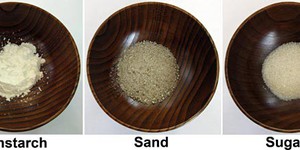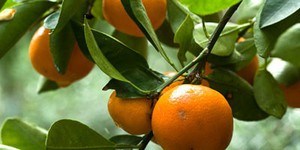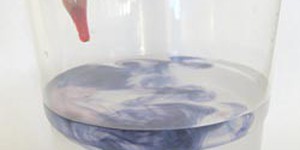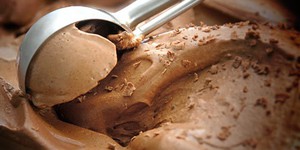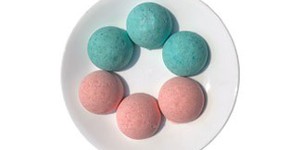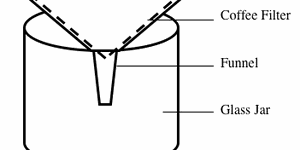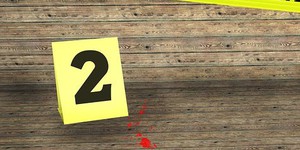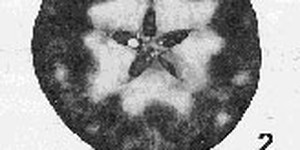Others Like “Crime Scene Chemistry: Determine the Identity of an Unknown Chemical Substance” (top 20 results)
|
Which type of orange juice has the most vitamin C? In this science project, you will learn how to measure the amount of vitamin C in a solution using an iodine titration method. You will compare the amount of vitamin C in three different types of orange juice: homemade, premium not-from-concentrate, and orange juice made from frozen concentrate. Which do you think will have the most vitamin C?
Read more
Have you ever wondered why some things disappear when they are put in water but other things do not? For example, you may have seen that salt disappears, or dissolves, when it is mixed in a glass of water. But when you throw a rock in a stream it will not usually dissolve, and instead it will just sink to the bottom. And then there are some things that do not act like the salt or the rock. These are called colloids. If you have made Oobleck out of cornstarch and water, then you have seen…
Read more
Are oranges highest in vitamin C when they are fresh from the tree (or, in a pinch, the grocery shelf)? Does the amount of vitamin C in an orange change over time, after it has been picked? In this science project, you will find answers to these questions by measuring the amount of vitamin C in a solution using an iodine titration method.
Read more
Have you ever noticed that the salt you are using says it is "iodized"?
Iodine is an important micronutrient, which means we need it in small quantities to be healthy. Because iodine is rare in many people's normal diets, it is added to table salt. Then when people salt their food, they are also adding this important micronutrient. In this food science project, you will use some kitchen-friendly chemistry to investigate which types of salt have iodine added (in the form of iodide) and which do…
Read more
Many essential chemical reactions and natural biochemical processes occur in liquid solutions, so understanding the chemical properties of liquid solutions is fundamentally important. This project asks the basic question, how much of a substance can dissolve in water, for three different substances: ordinary table salt, Epsom salts, and sugar.
Read more
Have you ever made your own ice cream? If you have, you probably know that you need to get the ice cream mixture really cold to freeze it quickly. Ice cubes alone will not do the job, but if you add chemicals, such as salt or sugar, to the ice cubes that surround the ice cream container, the mixture gets cold enough to freeze. Why does that work? How does adding salt or sugar affect the freezing point of water? Find out with this ice-cold science project and use your results to make your own…
Read more
Have you ever had a refreshing bath using a bath bomb? A bath bomb is several ingredients mixed and molded into a shape, which becomes fizzy when it touches the water. It can be quite a relaxing experience, especially if your bath bomb has a nice fragrance or includes some bath salts. The fizz is the result of a chemical reaction taking place between different ingredients within the bath bomb. In this science project, you will get to make your own homemade bath bombs and explore how changing…
Read more
Have you ever mixed together salt and sand? It is fun to see how all of those tiny grains of salt and sand mix together! But what if you had to separate them out again? Do you have nightmares of tiny tweezers, a magnifying glass, and hours spent picking grains of salt and sand apart? Do not be afraid, there is another way! In this chemistry science project you will use the differences in solubility between salt and sand to find out the simple "solution" to this problem.
Read more
Police detectives use various scientific tools to analyze evidence at a crime scene. One of the classic tools is the Kastle-Meyer test for the presence of blood. This test is inexpensive, easy to perform, and provides quick results. The test provides evidence if red spots found at a crime scene are actually blood. But the investigator needs to be careful, since other substances can also give a positive result. In this crime scene chemistry science project, you will learn how to perform the…
Read more
We have all heard the old saying, "One bad apple spoils the whole bunch." Due to the production of the plant hormone ethylene during the ripening process, this saying proves true! This experiment will investigate the role of ethylene in the process of fruit ripening.
Read more
|
Explore Our Science Videos
Make an LED Night-Light
Build a Simple Electric Motor
Sweet Earthquake Shake- STEM activity




